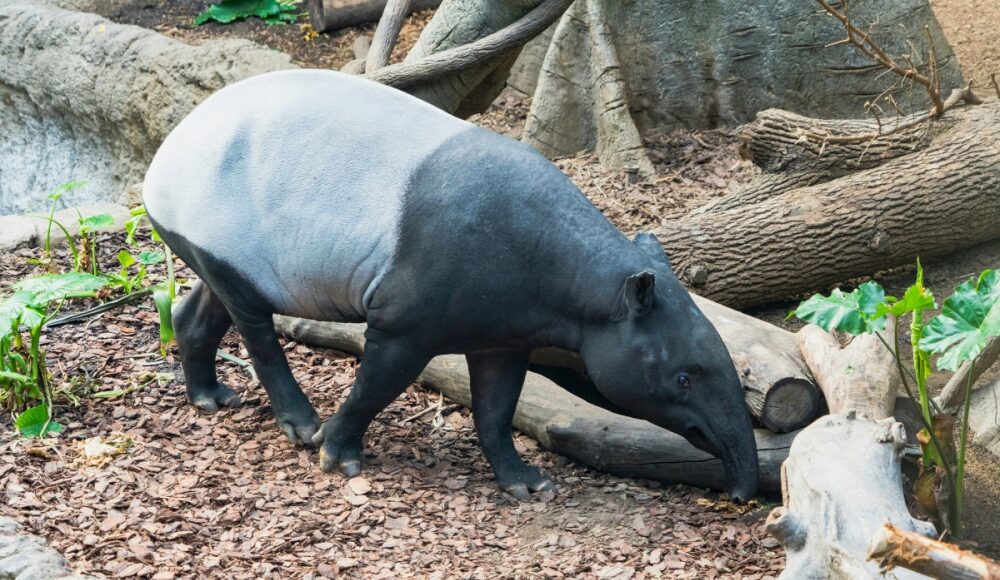MAY 13 — On the early morning of May 11, 2025, Malaysians awoke to heartbreaking footage of an elephant calf lying motionless on the Gerik-Jeli Highway while its grieving mother attempted to rouse it. The calf, fatally struck by a poultry lorry at KM80 of the highway, was the latest in a disturbing trend of wildlife-vehicle collisions plaguing the Belum-Temengor landscape. This must be the wake-up call that finally drives urgent and lasting change.
The statistics over the past five years speak for themselves. Between 2016 and 2021, over 2,500 animals were killed by vehicles on Malaysian roads, including at least 102 Malayan tapirs and six Malayan tigers in the last two years alone. The East-West Highway, which cuts through the heart of Belum-Temengor, has become a hotspot for these tragedies. In recent months, tiger and elephant fatalities have risen sharply, with multiple incidents along the same highway where this elephant calf perished.
This is not just a loss of life, but a failure in policy. The Belum-Temengor forest complex is one of Southeast Asia’s most critical biodiversity strongholds. It harbours the last remaining populations of endangered megafauna such as the Malayan tiger, Asian elephant, sun bear, and Malayan tapir, and is home to more than 3,000 species of plants. This large, forested landscape also forms a vital transboundary corridor with Thailand, enabling genetic exchange for wide-ranging species.
While authorities have responded by installing signage and solar-powered lighting at some known elephant crossings, such interventions are insufficient. Fog, poor road lighting, and the nocturnal nature of many animals make visibility low. Worse, artificial lighting risks disturbing wildlife behaviour. Suggestions like building overpasses or underpasses may work in theory but are financially and topographically impractical in this mountainous terrain. The truth is simple: engineering alone cannot solve this crisis.
The Belum-Temengor forest complex harbours the last remaining populations of endangered megafauna such as the Malayan tiger, Asian elephant, sun bear, and Malayan tapir — Picture from Unsplash/Jeffrey Hamilton
We must change our behaviour. We propose an immediate night-time ban on heavy vehicles using the Gerik-Jeli Highway. Most collisions, including the latest fatal elephant incident, occur between midnight and 5am, when wildlife activity is high. Restricting truck movements during these hours would eliminate the deadliest risks. India’s Bandipur Tiger Reserve implemented such a ban and saw an 80 per cent drop in wildlife deaths. Malaysia can follow suit.
Further, road usage must be optimised. Poultry and construction transport can be rerouted via alternate logistics, especially with the East Coast Rail Link nearing completion. It is also high time that east coast states expanded their own poultry industry to meet local demands and reduce reliance on west coast supply. In the meantime, traffic scheduling, designated lay-bys, and convoy driving protocols could be introduced to reduce risk. For buses and public transport, speed limiters and trip quotas should be enforced to ensure safety. Enforcement can be supported by gantry-based vehicle monitoring and automatic speed detection.
Technology can help. Drones equipped with thermal cameras can detect wildlife near roadways, triggering warning signs. Internet-of-Things (IoT) devices and AI tools can enable real-time monitoring of animal movement and poaching threats. These tools are affordable, effective, and faster to deploy than physical infrastructure.
Funding these efforts is feasible through Malaysia’s Ecological Fiscal Transfer (EFT) mechanism, which rewards states for conservation action. With a RM250 million allocation in the 2025 federal budget, this is a powerful tool to channel support into regions like Belum-Temengor. Funds should be directed to law enforcement, night patrolling, smart monitoring systems, and public awareness campaigns.
We are at a tipping point. The Gerik-Jeli Highway must be reimagined not just as a road for human commerce, but as a shared corridor with wildlife. If we act boldly now — with science, policy, and compassion — we can prevent more lives from being lost, both human and animal. Let us not allow another elephant calf to die in vain.
* Dr Jayaraj Vijaya Kumaran is a senior lecturer at Universiti Malaysia Kelantan and is the project lead for “Securing the resiliency and sustainability of Royal Belum Forest against theimpact of climate change”
** This is the personal opinion of the writer or publication and does not necessarily represent the views of Malay Mail.





